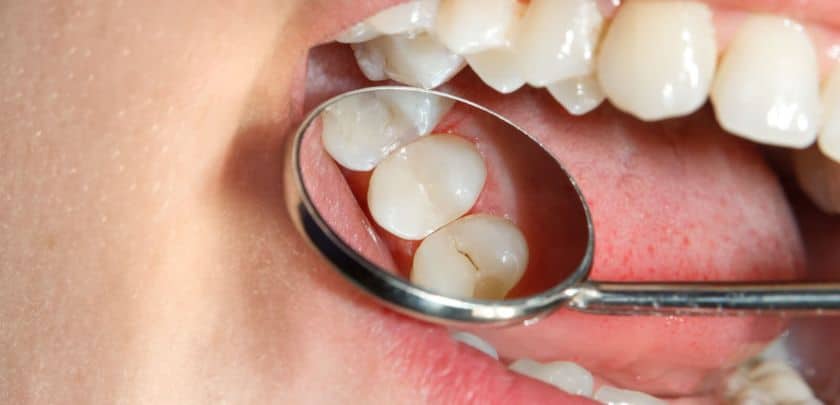How Long Until The Cavity Becomes A Root Canal?
Dental health is a crucial aspect of overall well-being, yet it is often overlooked until minor issues escalate into major problems. One common dental concern that many people face is the progression from a simple cavity to a condition requiring a root canal treatment. Understanding this progression can help in taking timely action to prevent severe dental issues. This article delves into the intricacies of cavities and root canal treatments, offering insights into prevention, early detection, and treatment options.
Understanding Cavities: The Beginning
Cavities, also known as dental caries or tooth decay, are damaged areas in the hard surface of your teeth that develop into tiny openings or holes. They are caused by a combination of factors, including bacteria in your mouth, frequent snacking, sipping sugary drinks, and not cleaning your teeth well. When plaque forms on the teeth and is allowed to stay for too long, it leads to the demineralization of the enamel, which can eventually progress into a cavity.
The Progression from Cavities to Root Canal
Not all cavities immediately necessitate a root canal. The progression from a simple cavity to a situation requiring a root canal depends on several factors, including the location of the cavity, how long it’s been developing, and how it’s been treated or neglected. Here’s a general timeline and progression of a cavity moving towards a root canal situation:
- Initial Stage: Enamel Decay – The outermost layer of the tooth, the enamel, starts to demineralize. At this stage, the decay may be reversible with fluoride treatment and better oral hygiene.
- Dentin Decay – If the cavity progresses past the enamel, it reaches the dentin. This layer is softer and less resistant to acid. Once decay reaches the dentin, it spreads more rapidly, and the tooth may become sensitive to hot, cold, and sweet foods.
- Pulp Infection – The dental pulp is the innermost layer of the tooth, containing nerves and blood vessels. Once the decay reaches the pulp, it can lead to infection, inflammation, and pain. This is the stage at which a root canal becomes a consideration.
- Abscess Formation – If the pulp infection is left untreated, it can lead to the formation of an abscess at the root of the tooth. An abscess is a pus-filled pocket that occurs at the end of a tooth’s root and is accompanied by swelling and severe pain. At this point, a root canal is almost always necessary.
Factors Influencing the Progression
The time it takes for a cavity to progress to the point where a root canal is needed can vary greatly. Factors that influence this timeline include:
- Oral Hygiene – Regular brushing and flossing can slow down the decay process significantly.
- Diet – Frequent consumption of sugary and acidic foods and drinks can accelerate tooth decay.
- Fluoride Exposure – Fluoride helps in remineralizing the enamel and can prevent decay from reaching deeper layers.
- Saliva Flow – Saliva helps in neutralizing acids produced by bacteria, thus playing a crucial role in preventing decay.
Preventing the Progression
The key to preventing a cavity from turning into a root canal situation lies in early detection and treatment. Regular dental check-ups, ideally every six months, allow for early detection and treatment of cavities before they progress. Adopting good oral hygiene practices, such as brushing twice a day with fluoride toothpaste, flossing daily, and limiting sugary snacks and drinks, can significantly reduce the risk of cavities.
Treatment Options
- Fillings – When detected early, cavities can be treated easily with fillings, where the decayed part of the tooth is removed and filled with a material such as composite resin or amalgam.
- Crowns – For more extensive decay or weakened teeth, a crown may be necessary to cover and protect the tooth after the decay has been removed.
- Root Canal Treatment – If the decay reaches the tooth’s pulp, a root canal may be required to remove the infected pulp, clean the inner chambers of the tooth, and seal it to prevent further infection.
- Extraction – In extreme cases, where the tooth is too damaged to be saved, extraction may be the only option.
The journey from a simple cavity to a root canal is not predetermined and can vary greatly depending on several factors. However, understanding the progression of tooth decay and the importance of early intervention can help in preventing the need for more invasive treatments. Maintaining good oral hygiene, regular dental check-ups, and timely treatment of cavities are crucial steps in preserving dental health and avoiding complex procedures like root canals. Remember, the best treatment is always prevention. By taking care of your teeth today, you can save yourself from significant dental problems tomorrow.


